Top Things to Know Before Buying Types of Kitchen Gardens
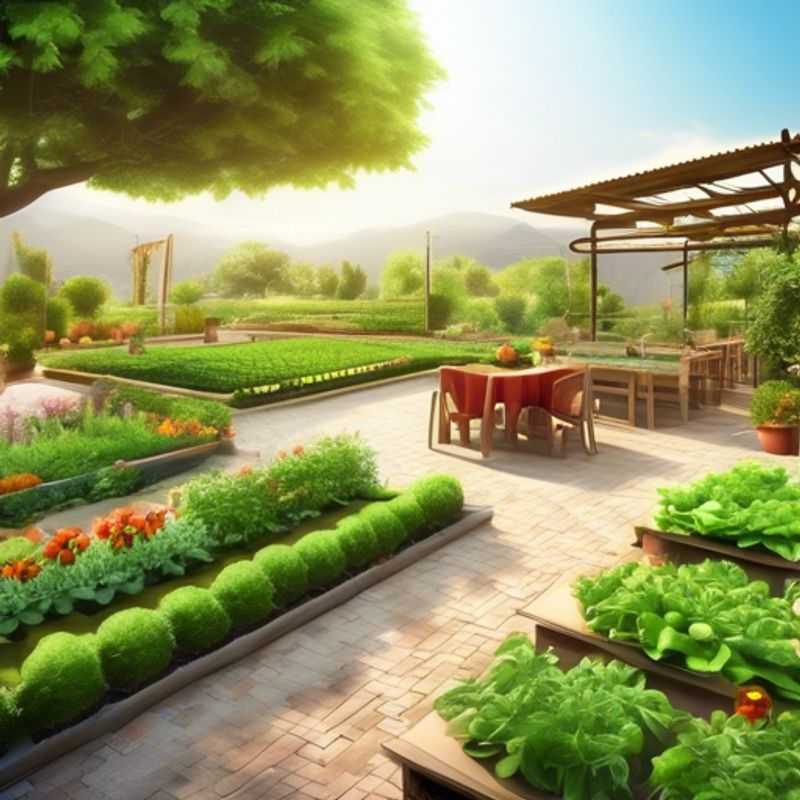
Top Things to Know Before Buying Types of Kitchen Gardens: A Guide for the Curious Gardener
Ah, the kitchen garden. A dream for any aspiring gardener, but a reality that requires some planning.
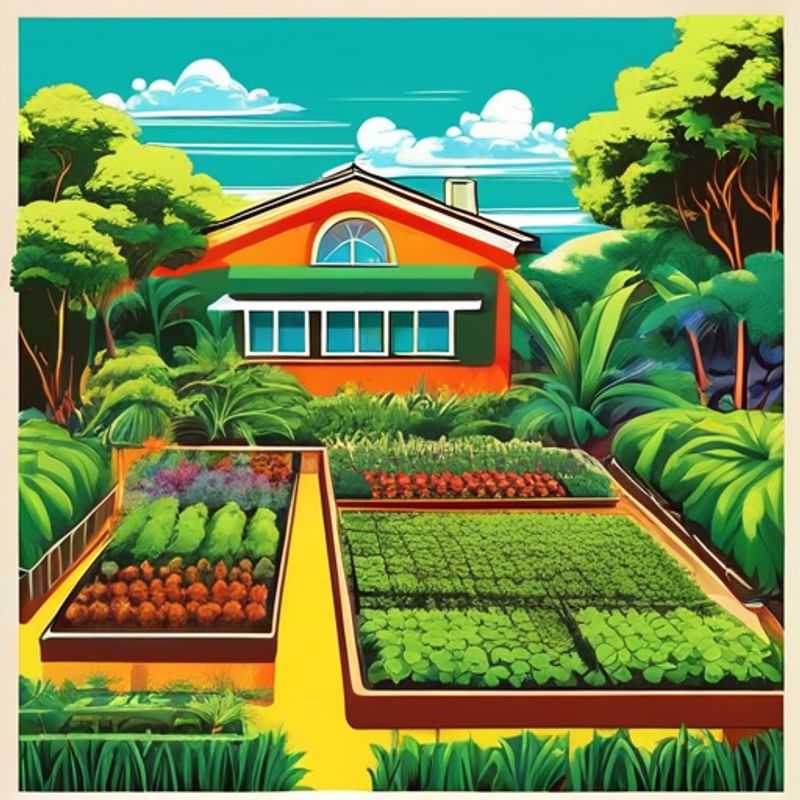
Measure Twice, Plant Once: Determining Your Garden Space
To effectively plan a garden, it's crucial to accurately determine the available space in your kitchen or outdoor area. The process of measuring your space ensures that you don't overestimate the size, resulting in a cramped garden or underestimate it, leading to a missed opportunity to maximize the space. Begin by clearly marking the boundaries of your garden space. This can be done using a measuring tape, string, or even painter's tape. Ensure you're considering any existing structures, walkways, or other obstacles within your space.
Next, you'll want to measure the length and width of the area. A measuring tape is a handy tool for this, but you can also use a ruler or even estimate with your own footsteps. You'll then need to translate your measurements into a visual representation. A simple sketch or diagram can work wonders, helping you visualize the available space and plan the layout of your garden. If you are a visual learner and prefer to do it digitally, consider using a free online garden design tool or even drawing software like SketchUp. These resources allow you to get a more accurate picture of the space and experiment with different layouts, ultimately saving you time and effort later.
When designing your garden, it is essential to consider factors such as sunlight exposure, water access, and soil type. These elements will directly impact the types of plants you can grow. Understanding these aspects will help you make informed decisions about the placement of your plants, ensuring optimal growth and aesthetics. Take note of the amount of sunlight your garden receives throughout the day. Look for areas that are shaded and those that receive direct sun. The best way to determine the sunlight exposure is to observe the area at different times throughout the day. To plan for water access, consider existing water sources and plan the placement of your plants accordingly, so you don't end up with a dry garden. While soil analysis can be conducted by a professional, you can also perform a simple analysis yourself. Examine the soil, looking for its texture, color, and how easily it drains. By carefully assessing these factors, you can gain insights into the suitability of your soil for different plants and prepare the area for your garden's success.
You can further optimize your garden planning by incorporating smart gardening techniques. These techniques are designed to make gardening more efficient and sustainable by maximizing space and minimizing resources. Smart gardening often involves using raised beds, vertical gardening, and container planting to maximize space. Other techniques include drip irrigation systems, smart sensors for monitoring soil moisture, and even companion planting, which involves growing plants that benefit each other. This approach helps to maximize space, reduce waste, and promote healthy plant growth.
Before you get too far into the planning process, be sure to budget for your garden project. Consider the cost of materials, such as soil, plants, and tools. Also factor in the cost of any landscaping services if you're not comfortable handling certain tasks yourself. It's always a good idea to create a budget and stick to it. You can also explore options to save money, such as using recycled materials or purchasing plants in bulk. By carefully planning and considering these factors, you'll be able to create a thriving and fulfilling garden that meets your needs and budget.
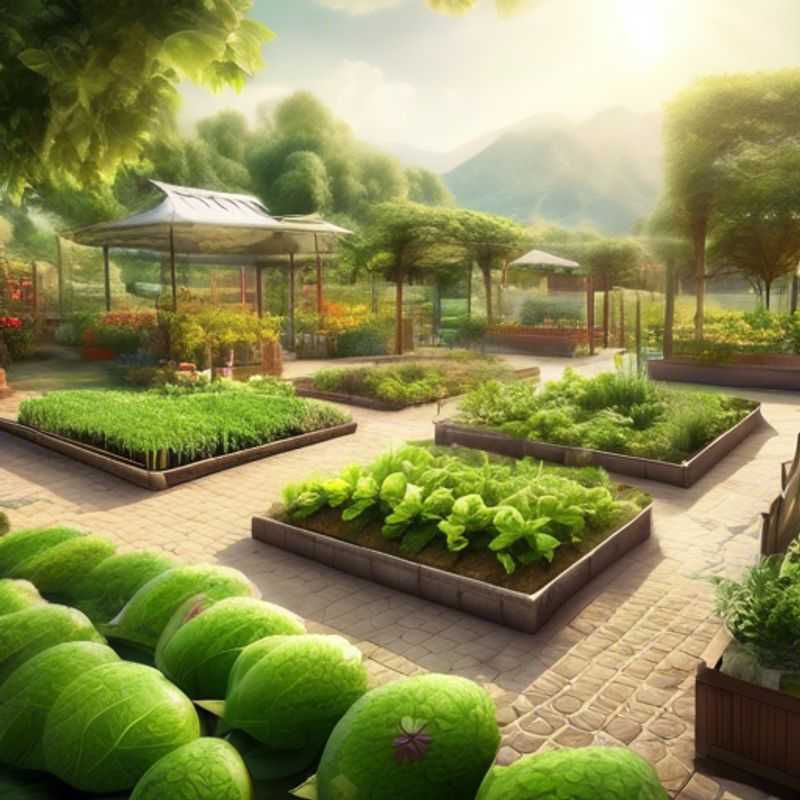
From Tiny Herbs to Bountiful Bounty: A Guide to Kitchen Garden Types
Embarking on a kitchen garden adventure? It's an exciting journey! Let's explore the different types of kitchen gardens and their unique requirements.
Firstly, consider your space. A raised bed is perfect for limited areas and offers excellent control over soil composition. Container gardening is ideal for balconies or small patios, allowing you to cultivate herbs, vegetables, and even fruits in pots, tubs, or hanging baskets. Vertical gardens are space-saving wonders, maximizing vertical space with wall-mounted systems or trellises.
Next, think about your climate. Sun-loving plants like tomatoes and peppers thrive in full sun, while shade-tolerant varieties like lettuce and spinach flourish in partial shade.
Remember, soil is the foundation of your garden. Test your soil's pH and nutrient levels to ensure optimal growth for your chosen plants. Amend the soil with compost or other organic matter as needed.
Planning your garden's layout is key. Companion planting involves placing specific plants together for mutual benefits, while succession planting allows you to stagger plantings for continuous harvests.
Finally, don't forget the watering needs. Most vegetables require regular watering, especially during dry spells. Drip irrigation systems can efficiently deliver water directly to plant roots, minimizing water waste.
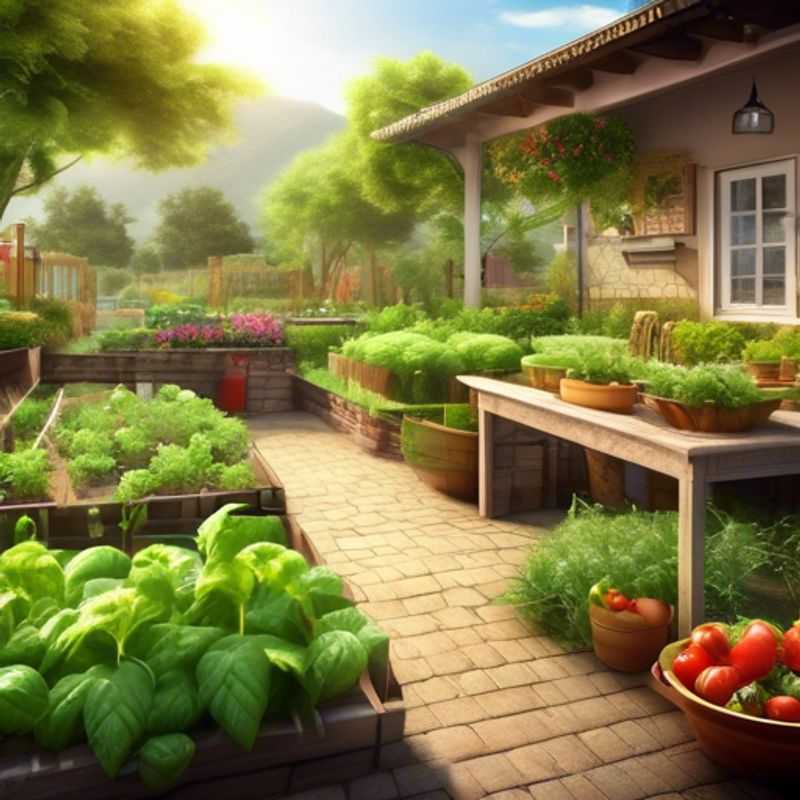
Designing with the Sun in Mind: Climate and Sunlight Considerations in Your Location
Understanding the climate and sunlight conditions in your location is crucial for various reasons. It directly impacts plant growth, energy efficiency, and even the design of your home or building. Let's explore these key aspects:
Sunlight: This is a fundamental factor in plant growth. The amount of sunlight your area receives dictates which plants can thrive. Some plants require full sun, others partial shade, and still others prefer shade. This also influences the types of crops you can grow in your garden or on your farm. Knowing your area's sun exposure helps you choose the right plants and optimize their growth.
Climate: This encompasses the average weather patterns in your location, including temperature, rainfall, and humidity. It affects how your plants grow and what types of pests or diseases they might face. Knowing your climate helps you select plants that are well-suited to the environment. You can also learn about optimal planting seasons and potential challenges like frost or drought.
Energy Efficiency: Sunlight plays a significant role in energy efficiency. By understanding the amount of direct sunlight your home or building receives, you can design and install energy-efficient features such as solar panels or passive heating and cooling systems. This can lead to cost savings and a reduced environmental footprint.
Design: Climate and sunlight considerations influence architectural design. For example, designing a house with proper shading can help regulate indoor temperature and reduce energy consumption. Architects often use these factors to create sustainable and comfortable living spaces.
Additional Resources: To learn more about your specific location's climate and sunlight conditions, you can consult local gardening resources, weather websites, and online climate databases. Many universities and government agencies offer detailed information and tools to help you understand the nuances of your region's environment.
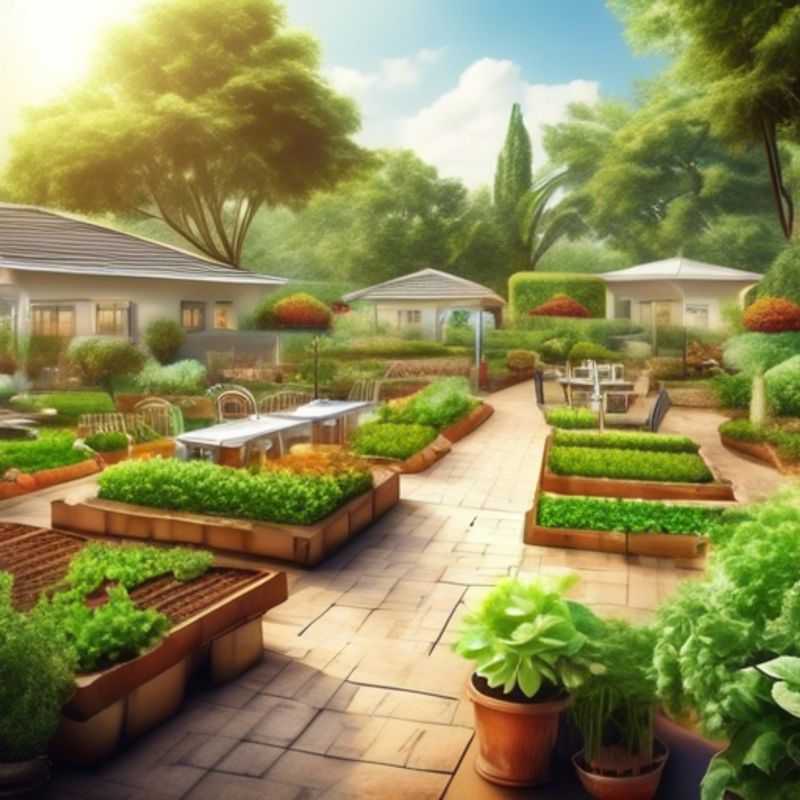
Choosing the Right Plants: A Guide to Garden Size and Conditions
Choosing the right plants for your garden is crucial for its success and beauty. It's important to consider the size of your garden and the growing conditions, such as sunlight, soil type, and climate, when selecting plants. This will ensure they thrive and create a harmonious and flourishing landscape.
For small gardens, consider compact varieties of trees, shrubs, and flowers. Opt for vertical space utilization, such as climbing vines or trellises, to maximize growth while minimizing footprint. Smaller varieties of perennials and annuals that are suitable for containers can add bursts of color and texture without overwhelming the space.
In larger gardens, you have more freedom to experiment with different sizes and types of plants. Consider adding a mix of large and small trees, shrubs, and perennials to create visual interest and depth. Tall trees can provide shade and structure, while smaller shrubs and flowers add color and texture. Ensure that the chosen plants are well-suited for the available sunlight and soil conditions.
When choosing plants for your garden, consider the following:
Sunlight: Different plants require different amounts of sunlight. Consider the amount of sunlight your garden receives throughout the day and choose plants accordingly.
Soil Type: Soil type can greatly impact plant growth. Conduct a soil test to determine the pH and nutrient content. This information will help you select plants that are suitable for your soil.
Climate: Climate is another important factor to consider. Choose plants that are hardy in your region and can withstand the average temperatures, rainfall, and humidity.
Water Needs: Different plants require different amounts of water. Consider your water availability and select plants that are adapted to your local conditions.
Pest and Disease Resistance: Choose plants that are resistant to common pests and diseases in your area. This will reduce the need for chemical treatments and promote healthy growth.
By carefully considering these factors, you can select plants that will thrive in your garden and provide you with years of enjoyment.
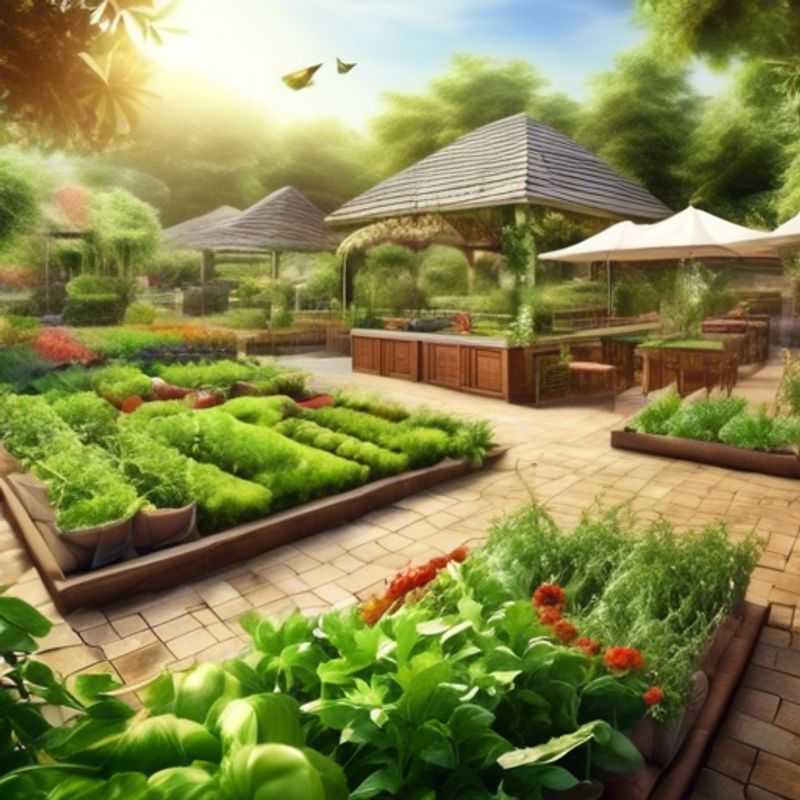
Garden Tool Arsenal: Ensuring You're Equipped for Success
A well-equipped gardener is a happy gardener! Here's a quick rundown of essential tools and equipment for maintaining your garden:
Hand Tools:
• Hand Trowel: For planting, transplanting, and weeding.
• Gardening Gloves: Protect your hands from dirt, thorns, and insects.
• Hand Rake: For gathering leaves, debris, and smoothing soil.
• Garden Scissors or Pruners: For trimming plants, deadheading flowers, and pruning.
• Watering Can: Essential for targeted watering, especially for seedlings and potted plants.
Larger Equipment:
• Wheelbarrow: For transporting soil, compost, and garden debris.
• Garden Hose: For efficient watering of larger areas. Consider a hose reel for easy storage.
• Lawn Mower: Essential for maintaining a neat lawn. Choose a type suitable for your lawn size and type.
• Edger: Creates crisp lines between your lawn and flower beds.
Optional Tools:
• Loppers: For pruning larger branches.
• Tiller: For loosening and aerating soil, especially in larger gardens.
• Leaf Blower: For quick cleanup of fallen leaves.
• Compost Bin: For creating your own nutrient-rich soil amendment.
Remember, the best tools are those that suit your garden and needs. Consider investing in quality tools for long-lasting use. Happy gardening!
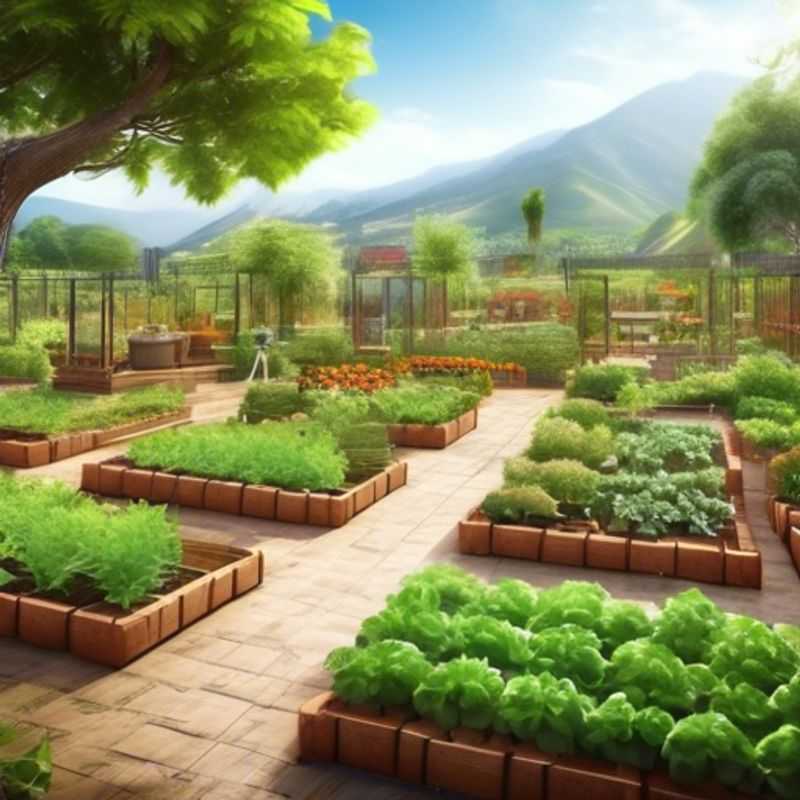
Planting Schedule Pro: Maximizing Your Garden's Yield Through Crop Rotation
A planting schedule is a roadmap for your garden, outlining what to plant, when, and where. By strategically planning your crops, you can maximize yield and benefit from the natural rhythms of the seasons.
Crop rotation is a key element of a successful planting schedule. It involves rotating different plant families in the same area each year. This helps to prevent the buildup of pests and diseases associated with specific crops, while also improving soil fertility.
For example, planting tomatoes one year, followed by beans the next, and then leafy greens the year after, can break the cycle of pests and diseases specific to each type. This approach ensures healthier plants and a more bountiful harvest.
When creating your planting schedule, consider the following factors:
1. Your growing season: Understand the frost dates for your region and choose crops that thrive in your local climate. 2. Crop needs: Research the light, water, and nutrient requirements of each crop and ensure your garden can provide them. 3. Companion planting: Certain plants benefit from growing near each other, such as basil and tomatoes. Plan your garden accordingly to leverage these relationships.
A well-planned planting schedule, incorporating crop rotation, can lead to healthier plants, higher yields, and a more enjoyable gardening experience.
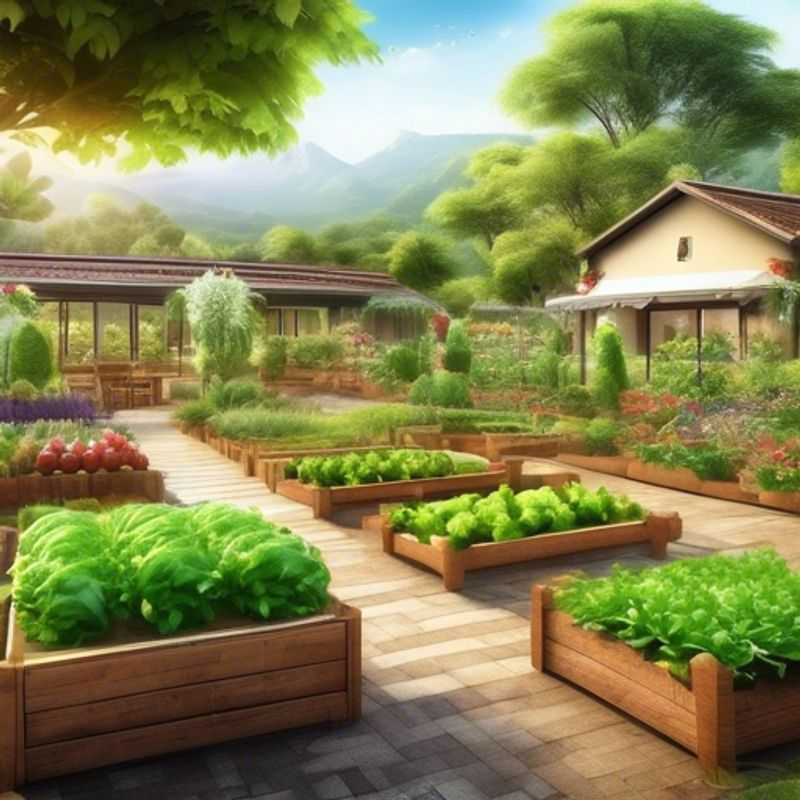
Grow Your Own: Mastering Organic Gardening Techniques for Healthy Produce
Embarking on the journey of organic gardening, a practice that fosters healthy, wholesome produce, is a rewarding endeavor. At its core, organic gardening emphasizes natural methods, eschewing synthetic fertilizers, pesticides, and genetically modified organisms (GMOs). This approach promotes a harmonious balance within your garden ecosystem.
Composting plays a pivotal role in organic gardening. By breaking down organic matter like food scraps and yard waste, you create a nutrient-rich soil amendment. This compost, teeming with beneficial microorganisms, enhances soil fertility and structure, fostering vigorous plant growth.
Mulching, the application of a protective layer of organic material like straw or wood chips around your plants, offers several advantages. It conserves soil moisture, suppresses weed growth, and regulates soil temperature, contributing to healthy plant development.
In the realm of pest management, organic gardeners rely on natural strategies. Beneficial insects, like ladybugs and lacewings, help control pest populations. You can also introduce companion planting, where certain plants deter pests from others.
Crop rotation, the practice of alternating the types of plants grown in a particular area, helps to break the cycle of pests and diseases, promoting healthy soil and robust crops. When selecting plants, opting for native varieties often proves beneficial, as they are well-suited to the local climate and soil conditions.
While organic gardening generally avoids synthetic inputs, certain tools and materials might be purchased. These might include:
Compost bins: These are available in various styles, from simple bins to elaborate tumblers, facilitating the composting process.
Hand tools: These include spades, shovels, trowels, and rakes, essential for preparing the soil and tending to your plants.
Organic fertilizers: These are available in various forms, from compost and manure to bone meal and fish emulsion, providing essential nutrients to your plants.
Organic gardening is an engaging and rewarding practice, promoting a sustainable and healthy approach to producing food. It's a journey of discovery, where you connect with nature and reap the benefits of wholesome, homegrown produce. If you're interested in learning more, a wealth of information awaits online, offering further insights into the world of organic gardening.
